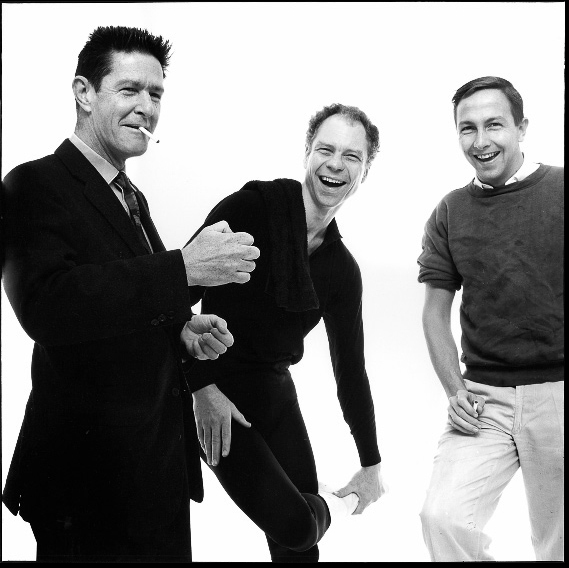
Lezione dottorale di Lorenzo Mango (Università di Napoli L'Orientale)
Link Zoom: https://meet.google.com/sem-pxbb-iwb
10/06/21, 4 pm
The historicization of the 20th century is a question that touches theatrical studies to the fullest. The question of contemporaneity, understood as a place of discards and discontinuities, must in fact be placed in a perspective that designs the time span as a coherent conceptual system. It is not a question of recomposing the fractures that were the hallmark of the twentieth century but of arranging them according to a gaze capable of creating weaving elements. By “putting into history” we mean precisely this process that concerns the historiographic perspective even before the historical realization, the reading system through which the facts are qualified as pieces of a discourse that produces identity. Building a historical path, in fact, means postulating an epochal identity as a unifying element capable of signifying or re-signifying the facts.
In the case of the theater this process is particularly complex because in the twentieth century the very definition of theater and its material consistency was called into question from the roots, determining ambiguous and polysemic territories that need today, after having been elements of discontinuity and disturbance, to find their historical location.
We will therefore speak of linguistic border territories as an object of historicization; the constitution of the theatrical identity of the twentieth century as a problem and what to consider as the beginning of the century; of the modification of the concept of writing.
In fact, the historiographical process can only follow the linguistic transformation processes of twentieth-century theater on the condition of considering them as a historical focus and not as an excess over history.